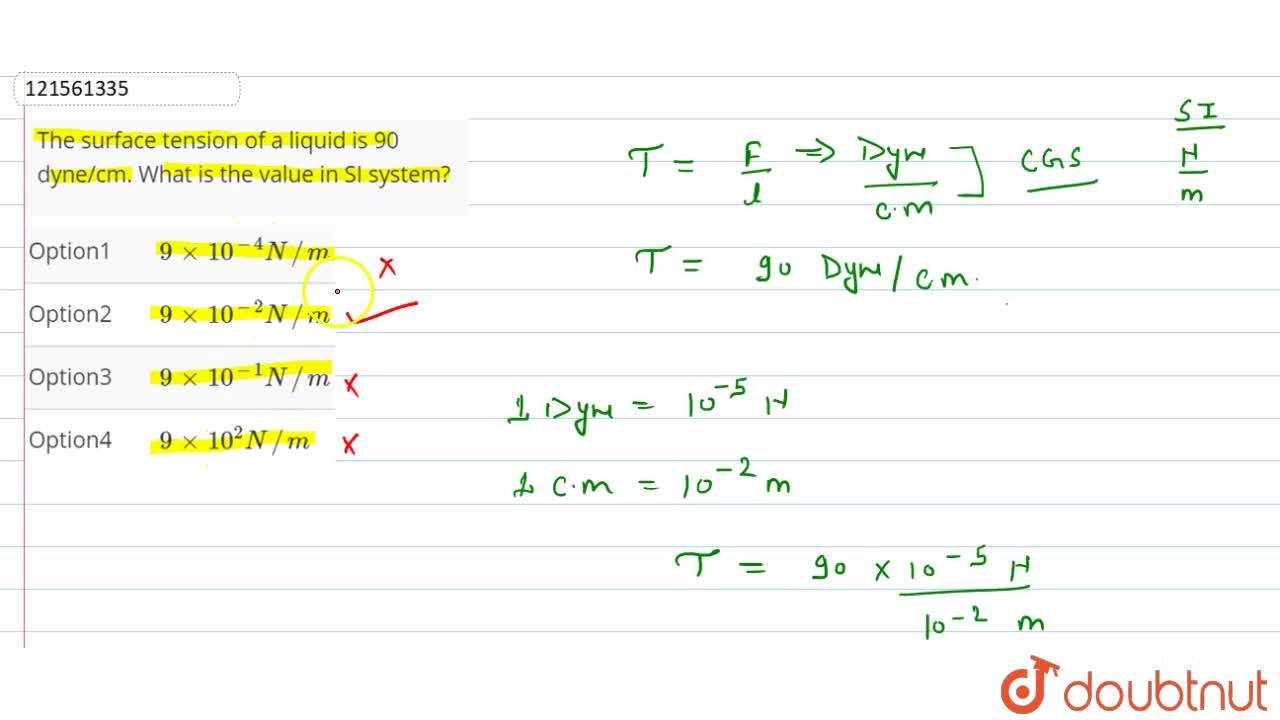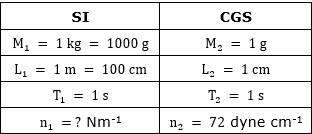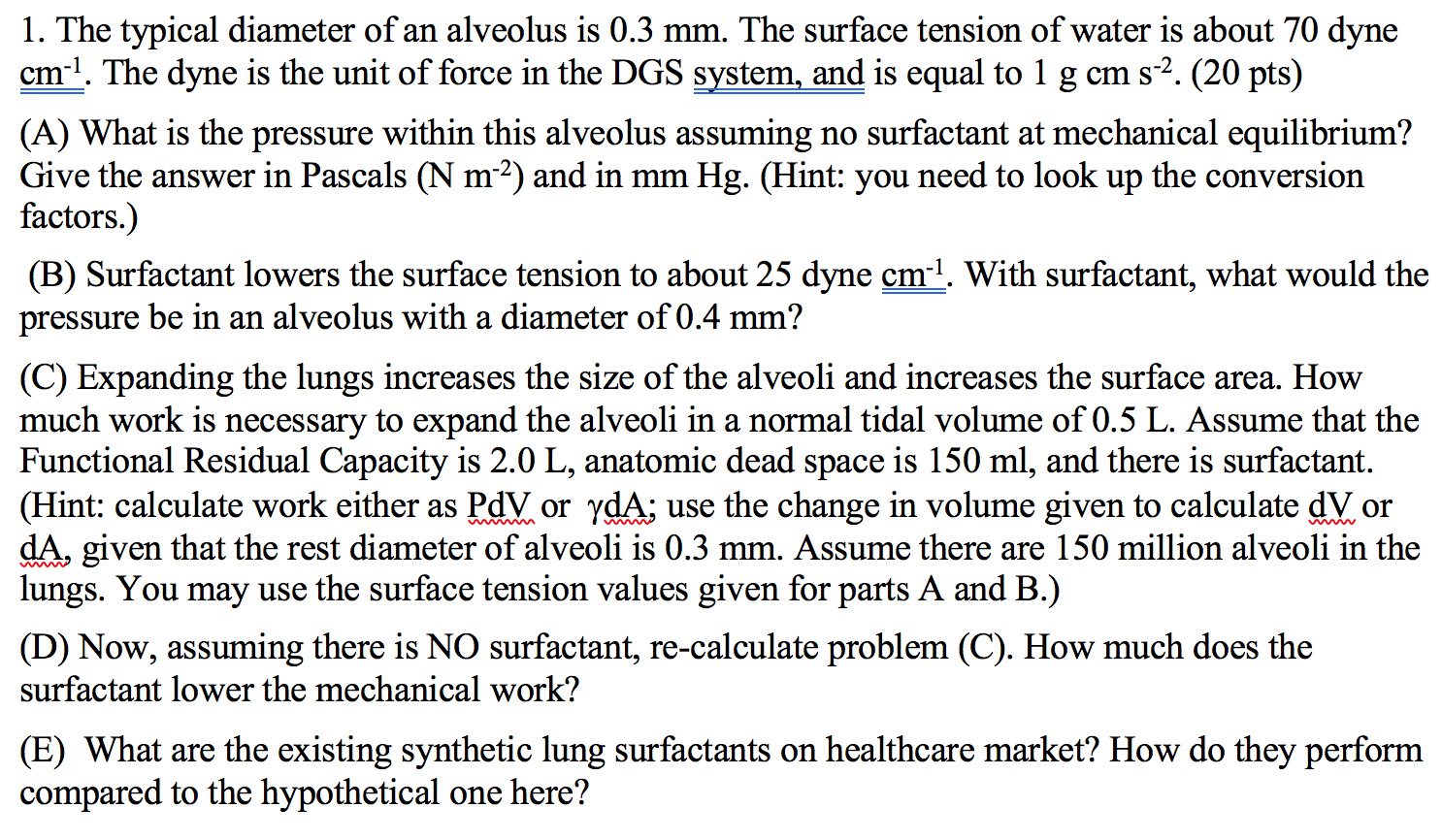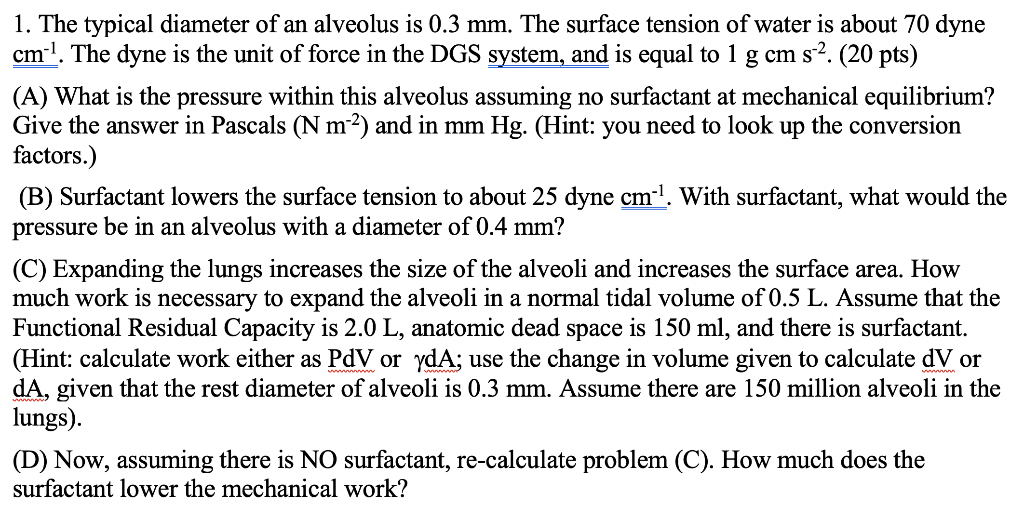
The surface tension of a liquid in `CGS` system is `45` dyne `cm^(-1)`. Its value in `SI` system is - YouTube

If the value of atmospheric pressure is `10^(6)` dyne `cm^(-2)`, find its value in SI units. - YouTube

c. Strong drop ejection at 166x10 5 dyne/cm (1.66x10 4 N/m) with sudden... | Download Scientific Diagram

Young\'s modulus of steel is `19xx10^10 N/m^2`. Expres it indyne/cm^2. Here dyne is the CGS unit... - YouTube

Young's modulus of steel is 1.9 × 10^11 N m^-2 . Expressed in CGS(Given 1 N = 10^5 dyne, 1 m^2 = 10^4 cm^2 )

Convert the folowing (a) 5 dyne/cm^2 into N/m^2 (b) 10 g/cm^3 into Kg/m^3 - Physics - Units And Measurements - 12979011 | Meritnation.com

SOLVED: Which of the following is not a correct expression regarding the units of coefficient of viscosity? (a) dyne cm^-2 s (b) dyne cm^2 s^-1 (c) Nm^-2 s (d) Pas















